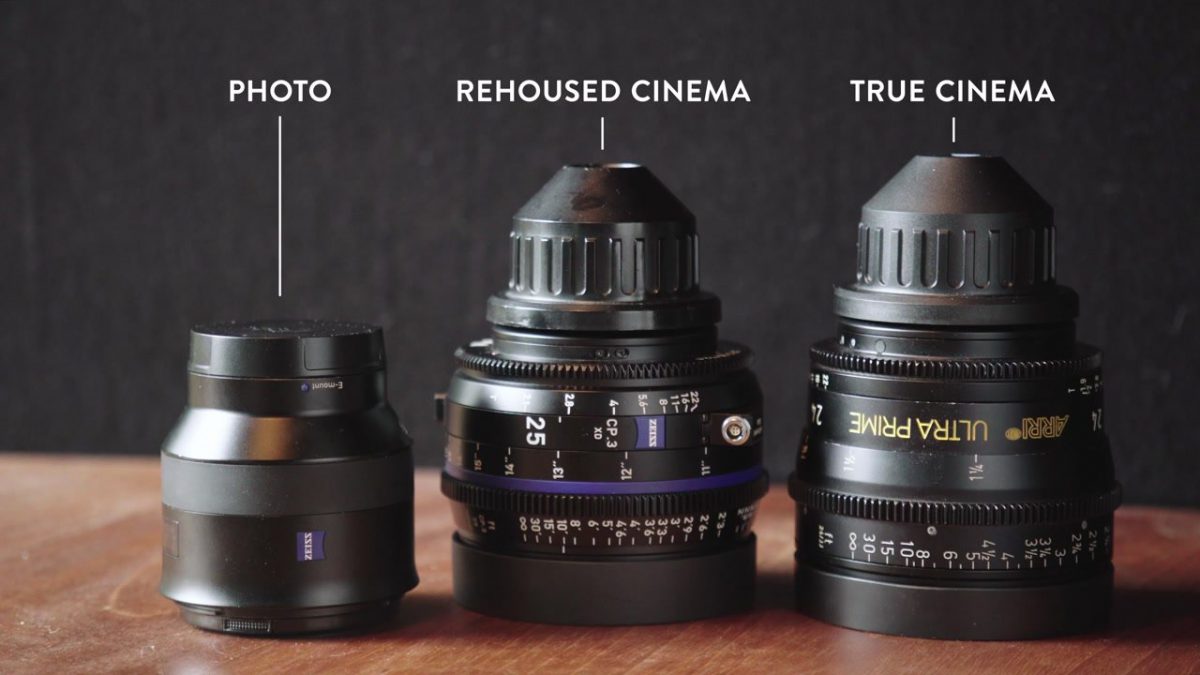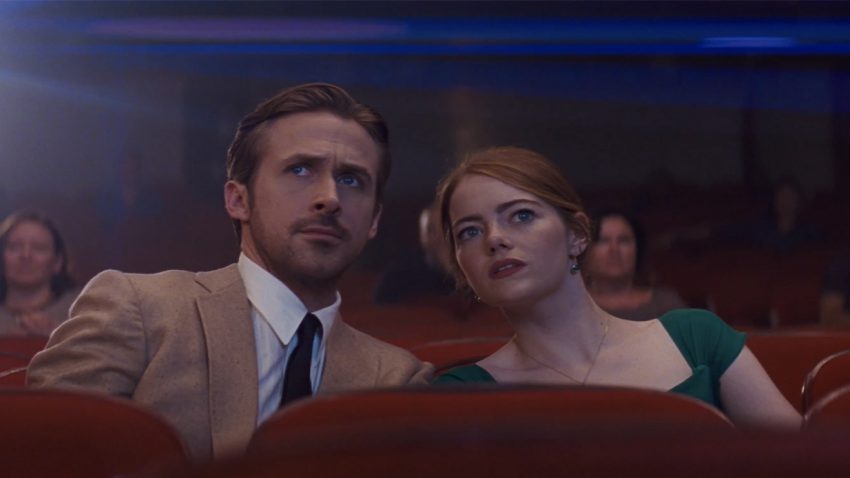When it comes to choosing a lens for a video camera, the world is your oyster. Lens adapters and mounts make it possible to use nearly any type of glass with a video camera that supports interchangeable lenses.
Options are great, of course. However, the sheer volume of choice in lenses can be overwhelming. And, lenses range widely in cost, from $100 all the way to $50,000 and up.
So, how can you be sure you’re making the right choice for your project? In this episode of our How To Video: Camera series, we’ll walk you through the important distinctions between the three major types of lenses, including photography or consumer lenses, rehoused cinema lenses, and true cinema lenses. Watch the video below to see each of these types of lenses in action, and keep reading to gain an in-depth understanding of their pros and cons.
Which Is Right For You?
Last week, we showed you how to make a decision about focal length, and to choose between a prime or a zoom lens. While that’s a great starting point to begin narrowing down your options, there’s more to the picture.
Now, we’re taking a closer look at photo lenses, rehoused cinema lenses, and true cinema lenses. Once you know your focal length and whether you need a prime or zoom lens, this is the next step in your decision-making process.
The best way to understand the distinction between these types of lenses is to see them in action. Watch the video below as Nick LaClair, head of video production for SproutVideo, puts them through their paces.
Three Lovely Types of Lenses
A photo lens refers to a lens typically used for photography, which can also be used for video. A rehoused cinema lens is a photo lens that’s been rebuilt and optimized for use with video cameras, but the inner workings of the lens itself are largely the same. A true cinema lens is purpose-built for video.
The best way to understand the differences between the three types of lenses is to get to grips with them. In our example, we compare a Zeiss 25 mm 2.0 photo lens, a Zeiss 25 mm 2.1 rehoused cinema lens, and a purpose-built Arri Ultra Prime 24 mm 1.9 cinema lens.
These prime lenses are all the same brand glass, and have the same focal length and roughly the same aperture speed. However, their price tags range from $800 to over $18,000. So, what makes them so different?
Form and Function
Chances are, you could easily tell which lens was a photo lens when placed side-by-side with rehoused or cinema lenses. Since they aren’t optimized for video, photo lenses come in all different shapes and sizes. They’re meant to be manually manipulated by the camera operator.
In comparison, re-housed and cinema lenses are optimized for use with a video camera. They are specially designed to work with tools camera operators need to adjust lens settings while filming, like the focus or the iris, as well as accessories like filters or matte boxes.
Hence, rehoused and cinema lenses tend to be the same diameter, and offer the same gears in roughly in the same position relative to the mount.
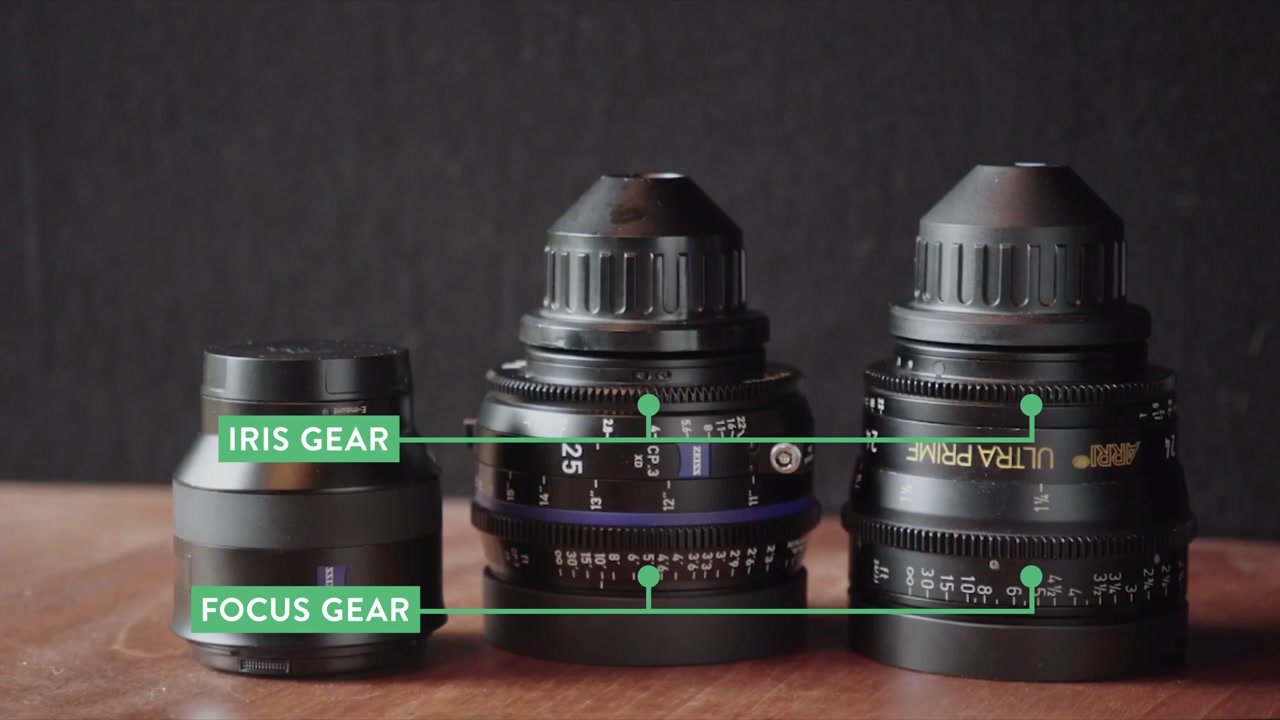
That’s an important detail because it means you don’t have to completely reconfigure your setup if you change lenses. In fact, you can usually leave all your accessories in place when swapping lenses.
Focus Throw
Your focus throw is the amount you have to turn the barrel of the lens to go all the way from close focus to infinity. Generally speaking, the less you have to turn the barrel to change your focus, the more quickly it will change, and the jerkier it can appear on film. It can also be difficult to be really precise with a short focus throw.
In contrast, a long focus throw allows you to smoothly change the focus of your camera with greater precision. This type of control allows you to add artistic touches to your shot, such as when you change the focus from the background to the subject in the foreground.
Typically, photo lenses have much shorter focus throws than rehoused or cinema lenses. Since they’re designed for photography, they’re meant to quickly jump into action and focus on a subject. Transitioning between subjects is also meant to be speedy, rather than smooth and accurate.
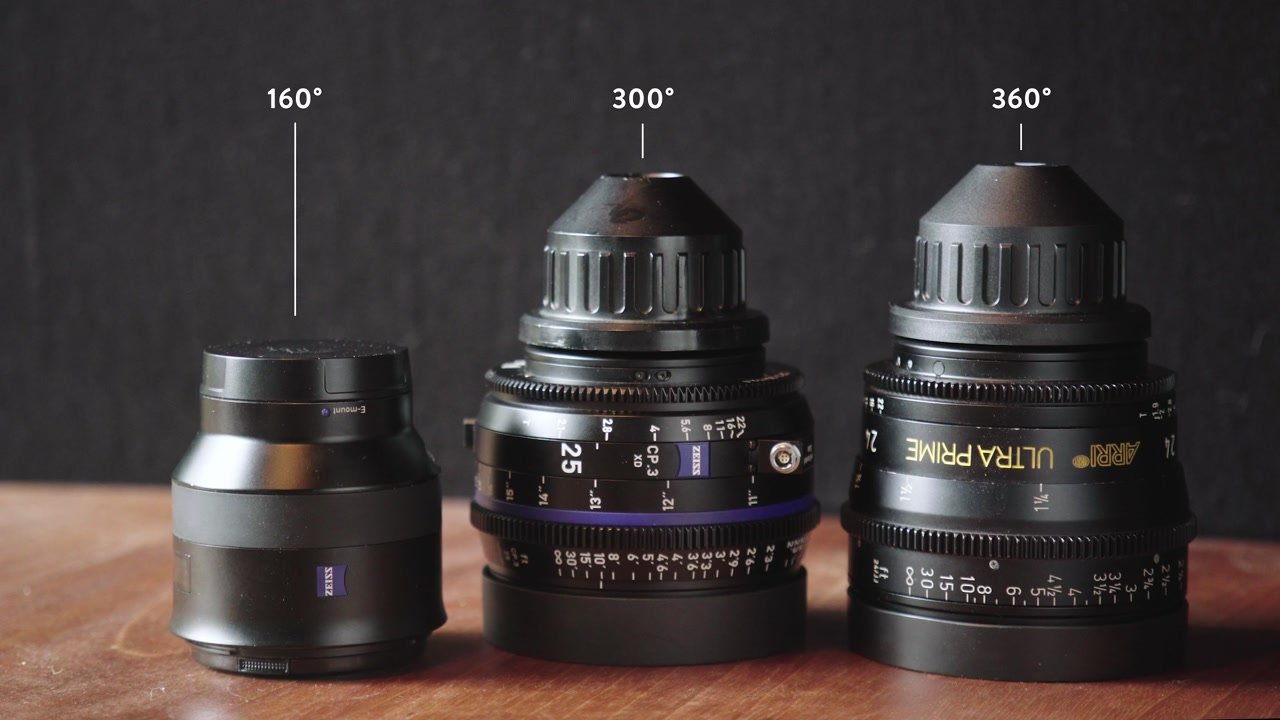
Rehoused and cinema lenses offer much longer focus throws, enabling much more precision and seamless transitions. If you’re filming a scene that requires a change in focus, you’ll have an easier time achieving a professional-looking result with one of these types of lenses.
Focus Breathing
Focus breathing occurs when the image on camera appears to zoom in and out when you pull focus. It’s significantly more technically-involved (and therefore, expensive), to build a lens that does not breathe.
Generally speaking, you’ll find a certain amount of focus breathing in any lens that is not a true purpose-built cinema lens. Depending on what you’re filming, this particular factor might not even be relevant, or it could make or break your shot.
For example, if you’re filming an interview with a person against a backdrop, you’re unlikely to need to shift focus at all while the camera is rolling. However, if you’re filming a major feature film production, you almost certainly will care about the impact focus breathing could have on your footage.
Aperture Adjustment
The aperture controls how much light passes through the lens and hits the camera’s sensor. Many photo lenses do not have an aperture ring at all since still photo cameras (and some camcorders) control aperture from within the camera.
Older lenses allow you to adjust the aperture on the lens, but only by clicking into full or half stops. While better than nothing, it’s still not very precise or smooth, so minute adjustments are out of the picture.
Finally, cinema lenses offer smooth iris adjustment. This gives you granular control over your look and exposure.

This is particularly important if your shot transitions from low light to a brightly lit scenario (or vice versa), and you’re forced to change the iris mid shot. A cinema lens will enable you to do this so smoothly, the viewer won’t even notice.
F-Stops VS T-Stops
A related point of distinction between these classes of lenses is the fact that photo lenses measure aperture in f-stops, while cinema lenses measure it in t-stops. While this could just be an alphabetical difference, it can be a very practical one too.
An f-stop estimates the theoretical amount of light that hits the sensors. It’s calculated by dividing the focal length of the lens by the diameter of the aperture.
In contrast, a t-stop measures the precise amount of light that hits the sensor. Different lenses lose different amounts of light as it passes through the lens, mostly because of coatings on the glass. Put differently, certain lenses let more light in at a given aperture than others.
While you can easily compensate for that in photography, when it comes to videography, you often have to match footage from two or more cameras using different lenses. If those cameras are set to the same f-stop, you could still wind up with very different levels of exposure in the resulting footage. Here’s a side-by-side comparison to illustrate this point:
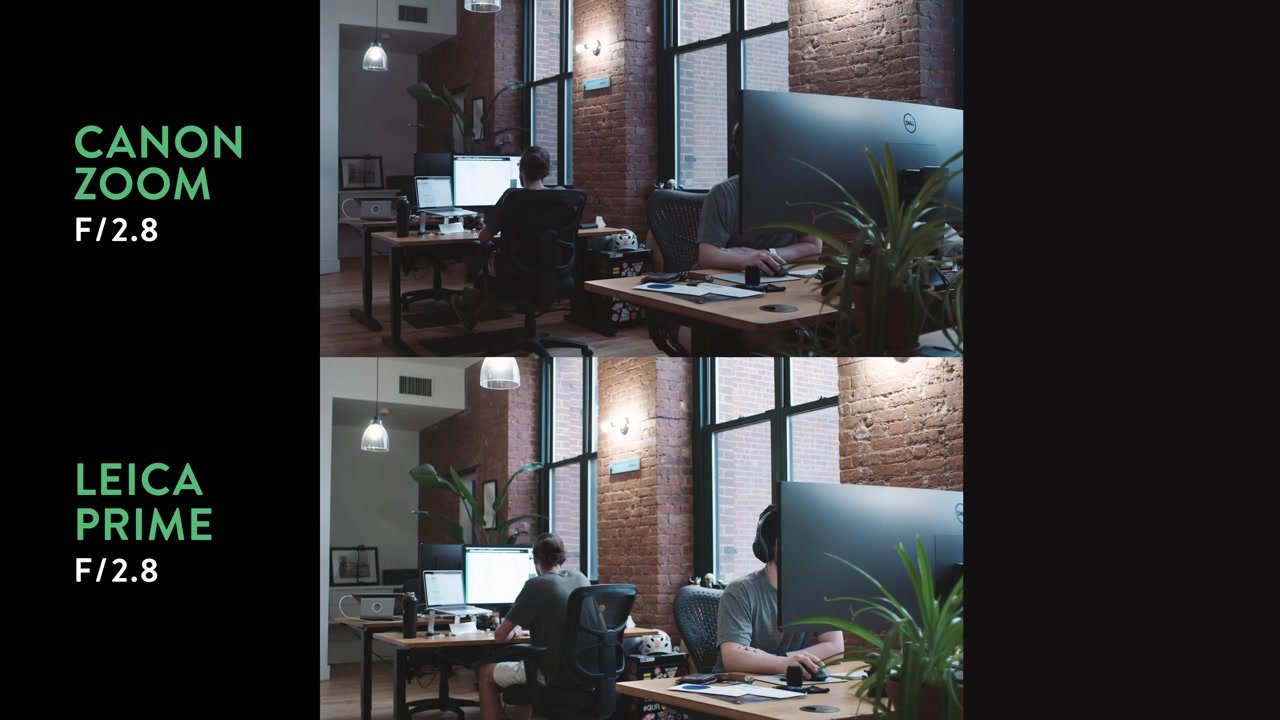
The images above are set to the same f-stops, but the exposure is noticeably different. If you were working with t-stops, however, your footage would match exactly.
Most videographers can use either t-stops or f-stops with very little notable difference in camera function. However, if you have a multi-camera setup, or matching footage really matters, it might be worth investing in lenses that use t-stops instead of f-stops.
Price
Of course, none of those factors really matter if the lens you want doesn’t fit your budget. And, lenses range massively in price.
A standard prime photo lens can cost you anywhere from $100 to $3,000. When rehoused as a cinema lens, those same lenses can run anywhere from $500 up to about $4,000. True cinema lenses, on the other hand, run a minimum of $8,500 all the way up to almost $50,000.
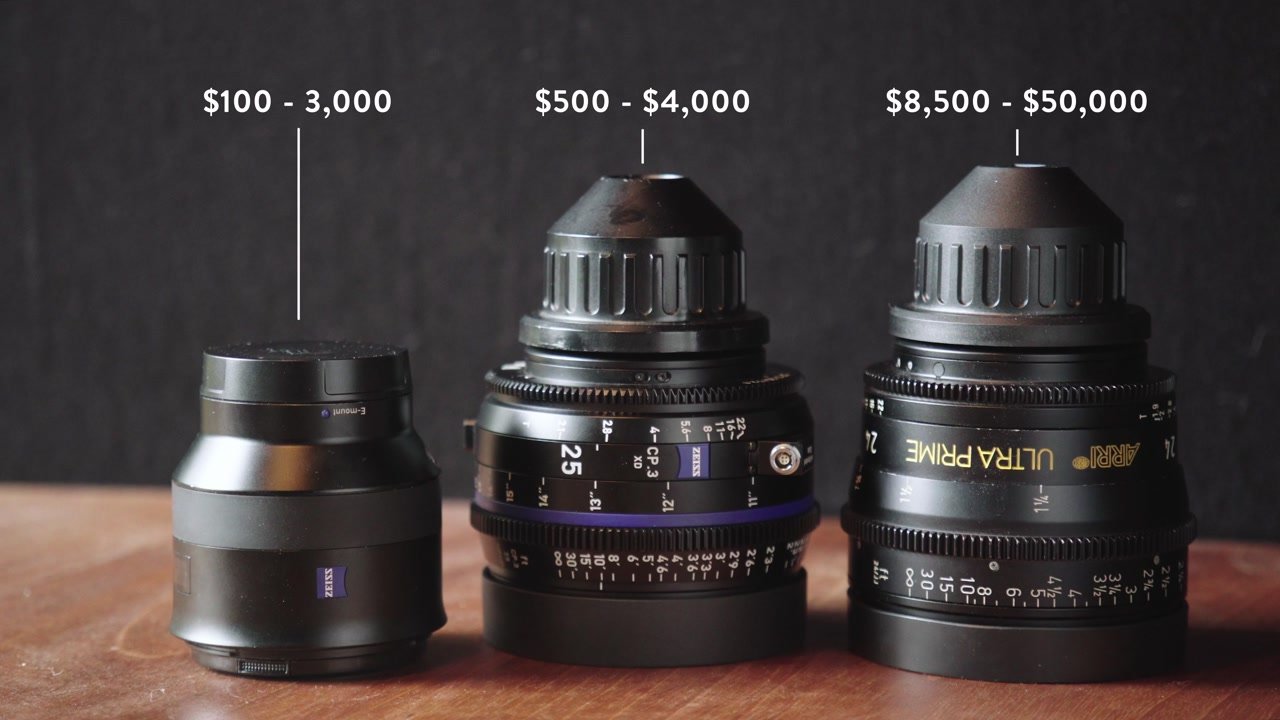
The huge jump in price between photo and rehoused lenses and true cinema lenses has led to an explosion of options in the rehoused category. They’re a great compromise for getting a lot of the key cinema lens functionality on a more realistic budget for many videographers.
So, Why Spring For A Cinema Lens?
In addition to the different areas of functionality we just covered, build quality, accuracy, and look are the three main reasons you might choose a cinema lens over other more affordably priced options.
Build Quality
When it comes to the big names in prime cinema lenses, such as Arri, Cooke, Leica and Panavision, each lens is handmade using only the most premium glass.
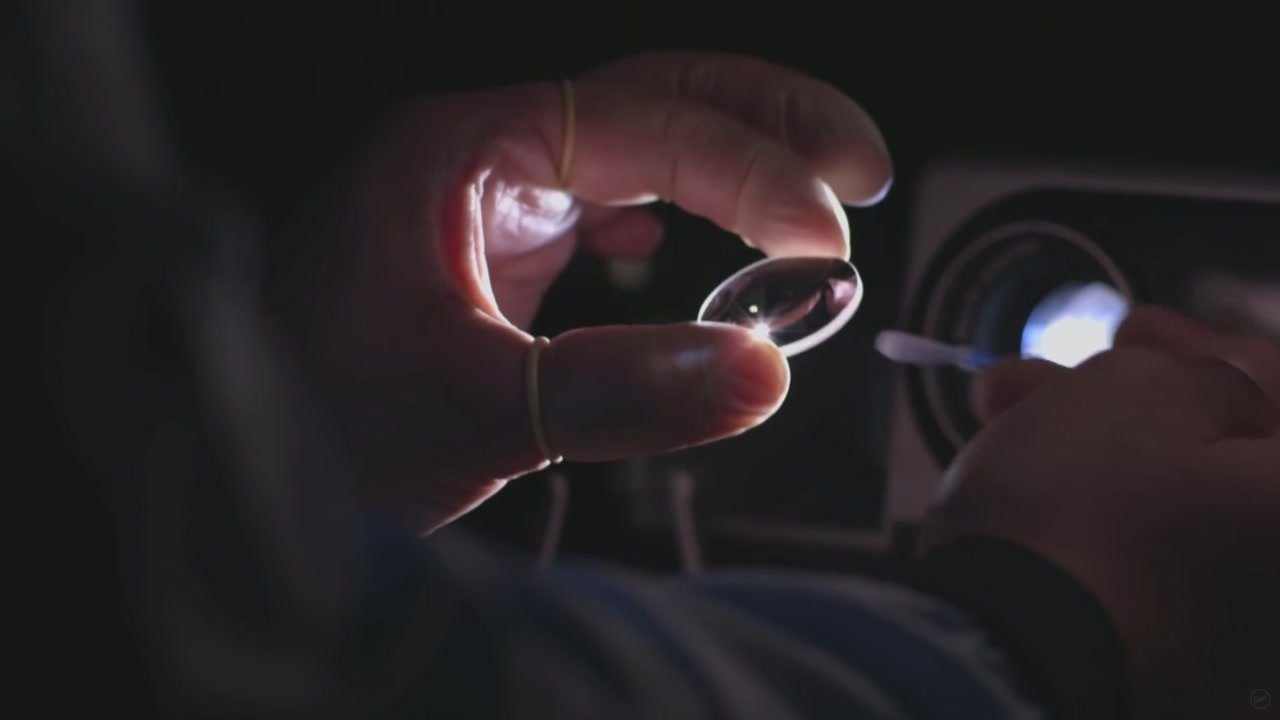
They’re built to withstand decades of regular use. After all, if you’re making such a big investment, you want to be sure to get plenty of mileage out of it!
Accuracy
When working on big-budget productions, such as feature films, accuracy is tremendously important. This is easiest to showcase by looking at the ability of these lenses to change focus precisely from one subject to another.
The focus marks on these lenses are calibrated, so you can measure the distance to your subject, adjust your lens to that reading, and know it will be tack sharp. In highly choreographed scenes, this level of accuracy is crucial because it allows your focus pull to land at exactly the right moment.
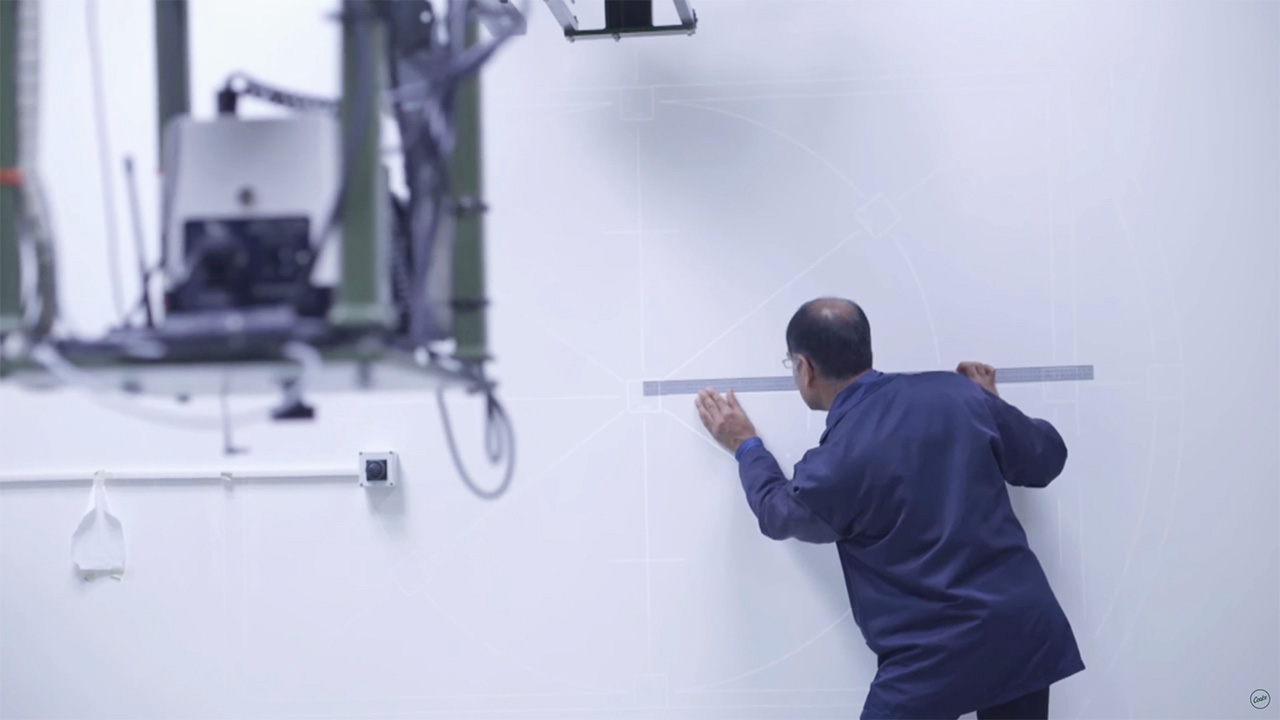
The Look
There’s a quality to these lenses that can’t quite be matched by less costly counterparts. Cinema lenses use the very best glass, and the best coatings. They’re sharp across the entire frame, and reduce or remove chromatic aberrations, vignetting, and barrel distortion.
But Really, Do You Need One?
The differences between these three classes of lenses are most apparent when comparing the cinema lens to a photo lens. There are significant gaps in functionality that can have a real impact on your footage and the filming process.
However, when it comes to rehoused cinema lenses, especially higher-end options, there isn’t nearly as big a difference. You might get a slightly shorter focus throw, but the overall difference is not very noticeable to all but the most highly trained eye.
Cinema Zooms VS Photo Zooms
Up until now, we’ve focused entirely on prime lenses with fixed focal lengths in order to compare apples to apples. However, zoom lenses are an important category of lenses with similar options in terms of cinema and photo lenses.
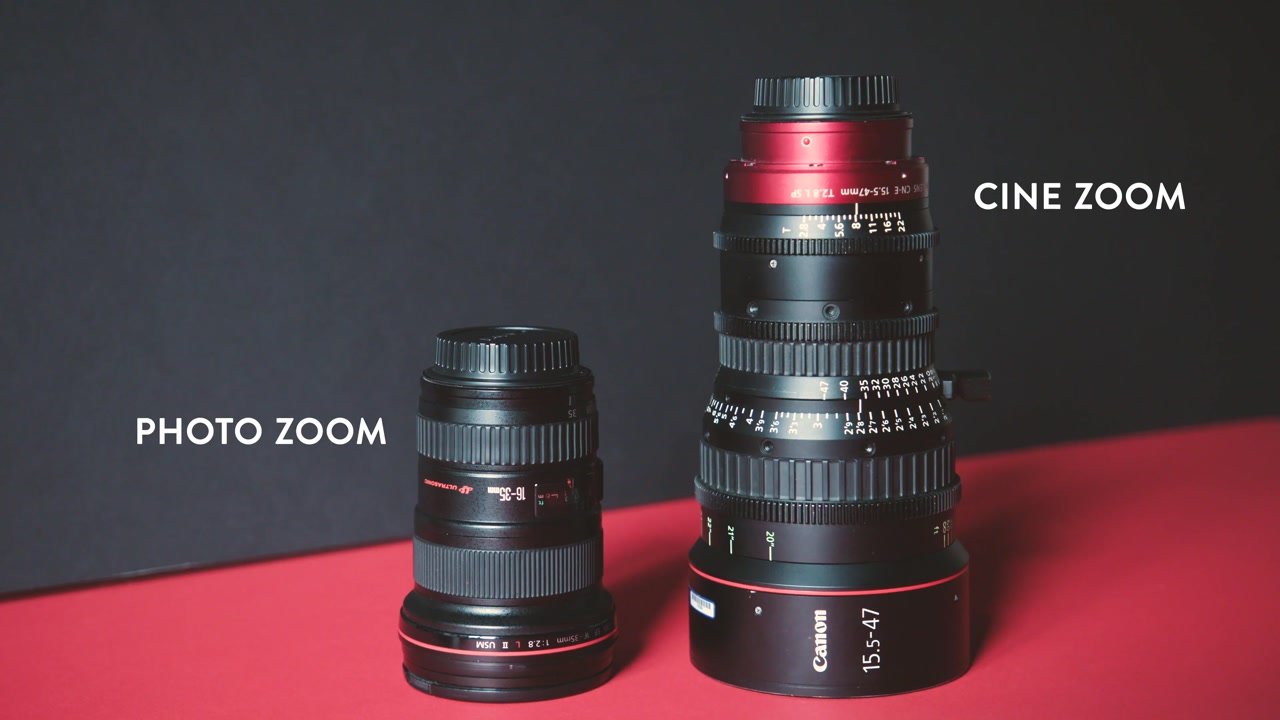
Here are the key differences between a photo zoom lens and a cinema zoom lens.
Barrel Distortion
Barrel distortion is a type of optical distortion caused by the lens itself. It’s most apparent when your image includes vertical or horizontal straight lines.
Cinema zooms typically do not exhibit any barrel distortion, whereas it can be quite noticeable with a photo zoom. For instance, in the image below, you can see the image captured by the photo zoom is stretching at the edges.
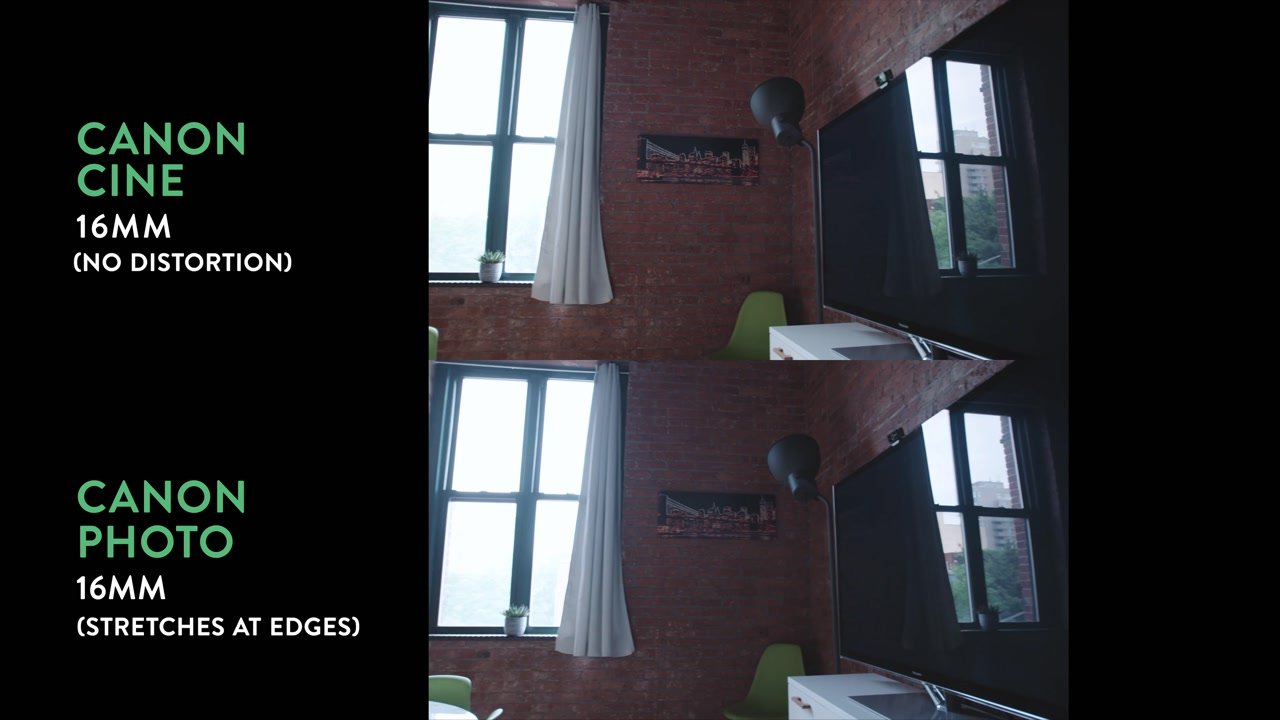
If you look closely, the TV has straighter lines in the top image.
Focus Drift
While barrel distortion can be noticeable, focus drift is usually a much more important factor. Focus drift occurs when your focus changes as you zoom in or out on your subject. This change is unintentional, and often unwanted.
Photo lenses are particularly susceptible to focus drift as you zoom in or out. In contrast, cinema zooms are parfocal, meaning their zoom mechanism is internal, so your plane of focus won’t change as you zoom. That’s hugely important anytime you want to use zoom as a look in your film.
The choice you make in a lens can impact everything from the ease of production to the artistic touches you can put on a film, not to mention your budget! We hope this in-depth guide gave you all the tools you need to make the right decision for your shoot.
If you have questions about lens types, or when to use which one, let us know in the comments below!



